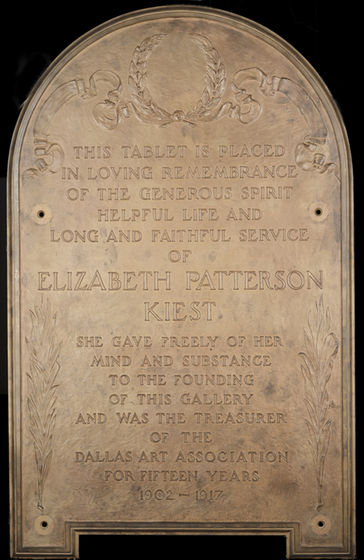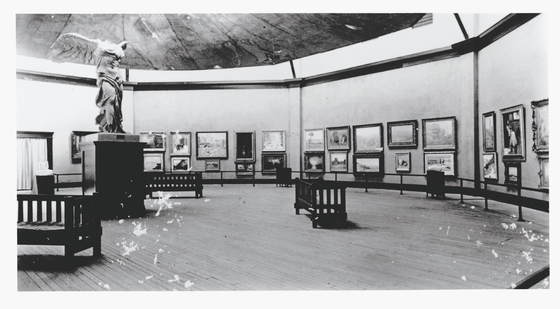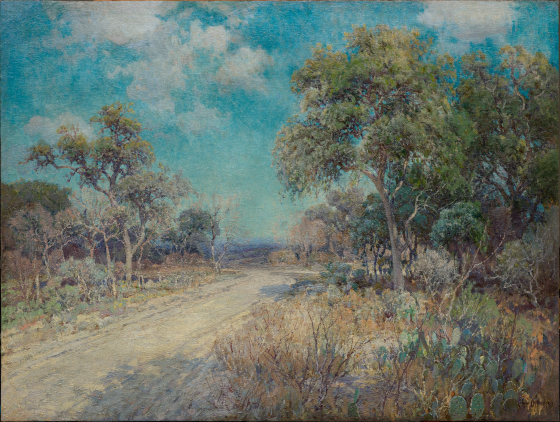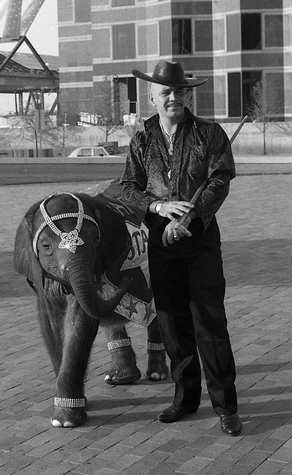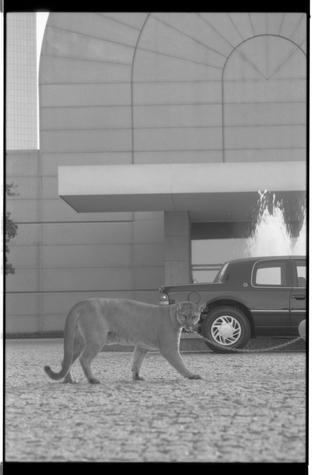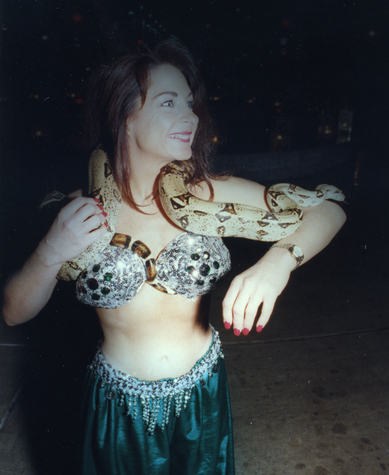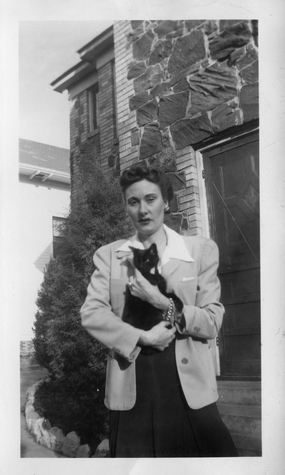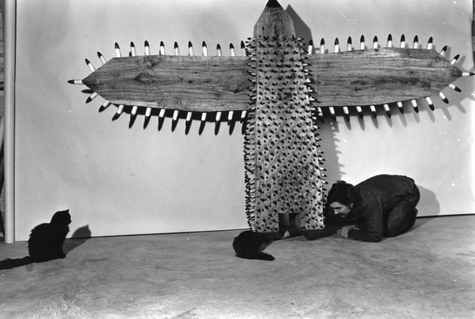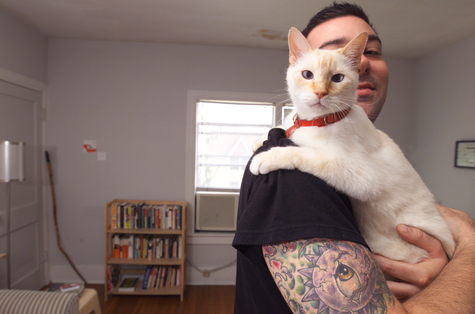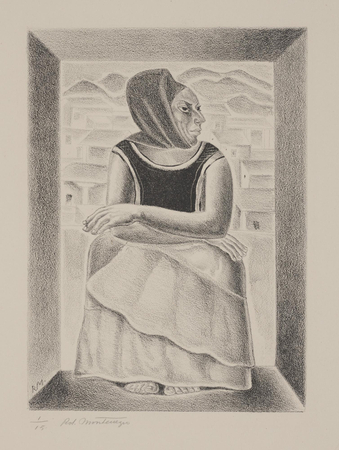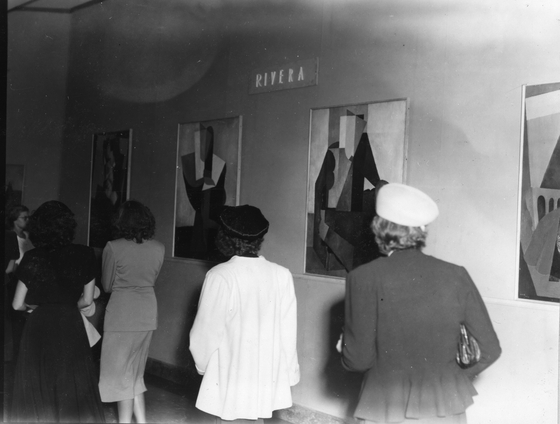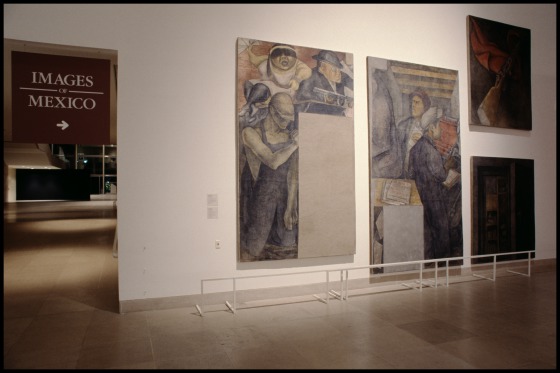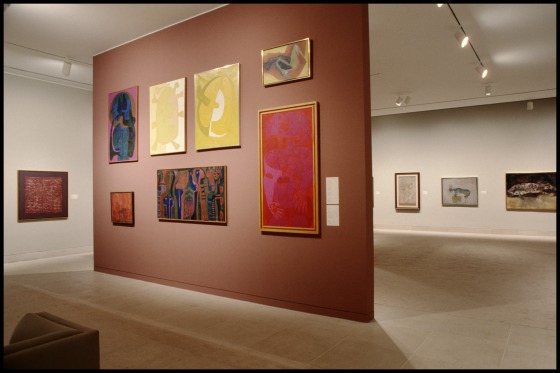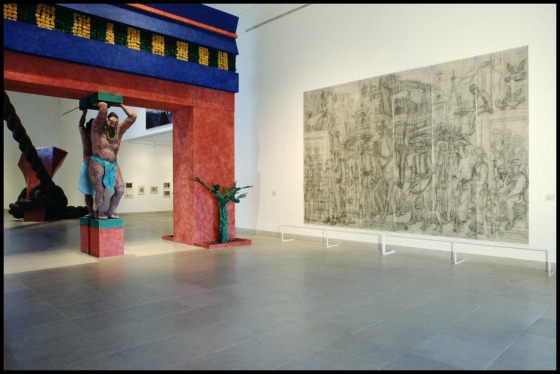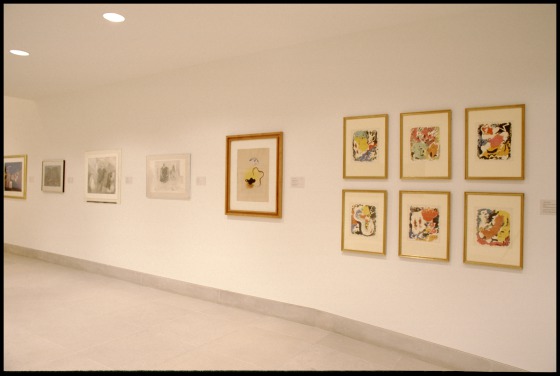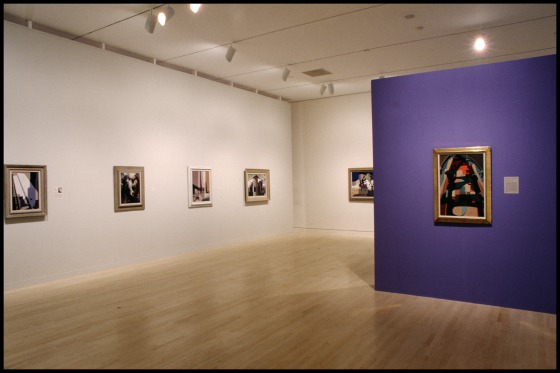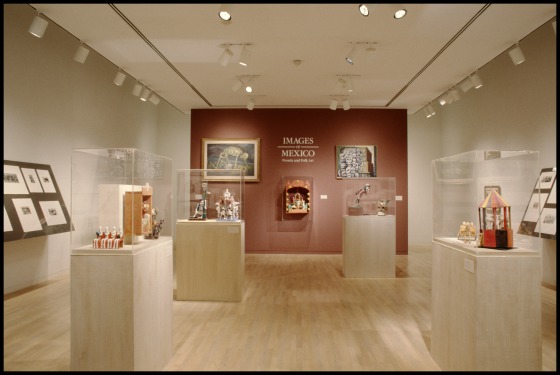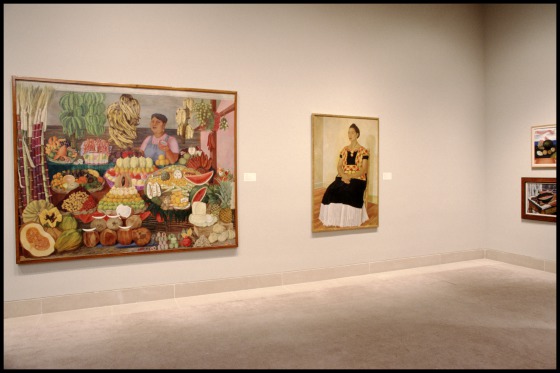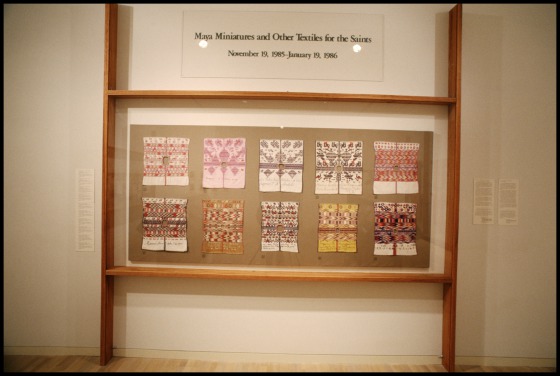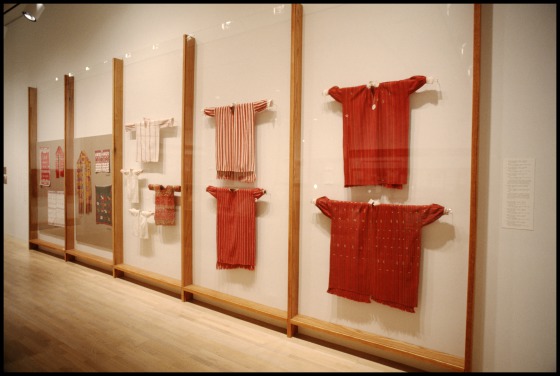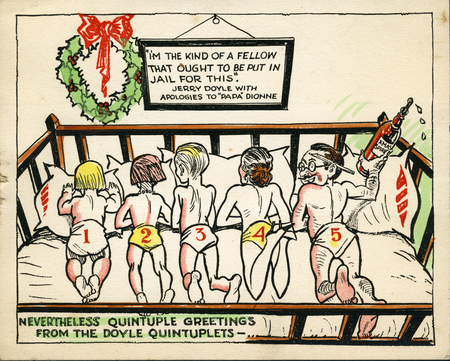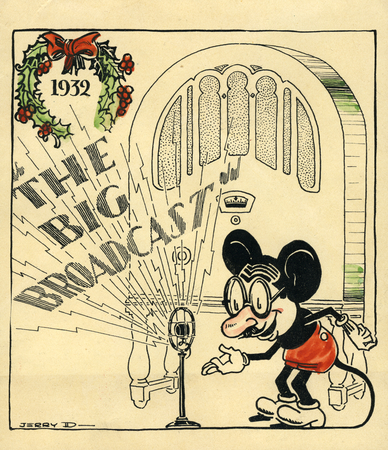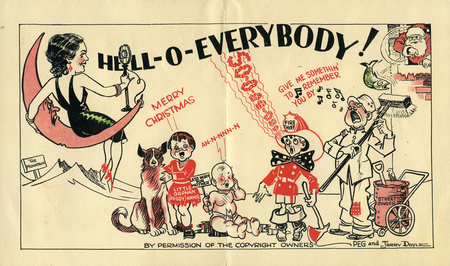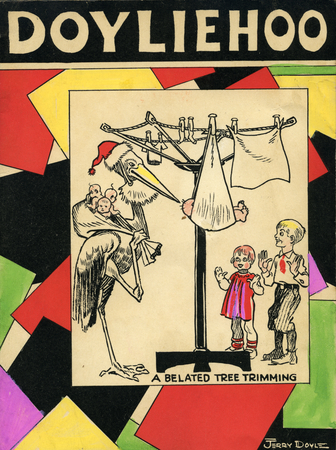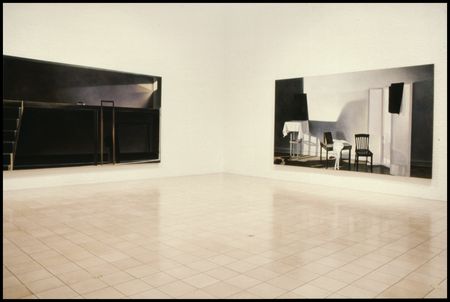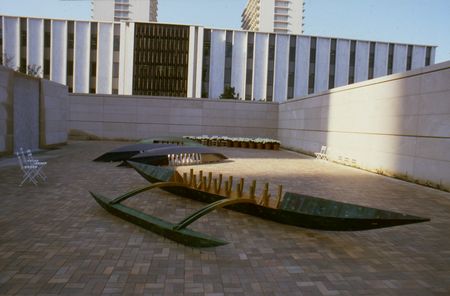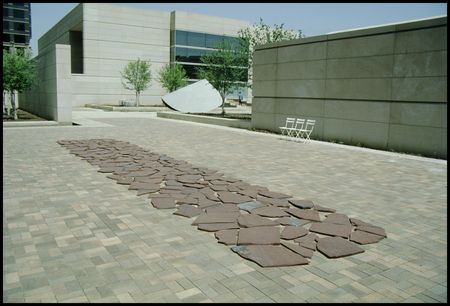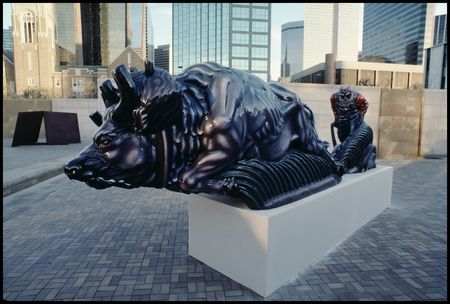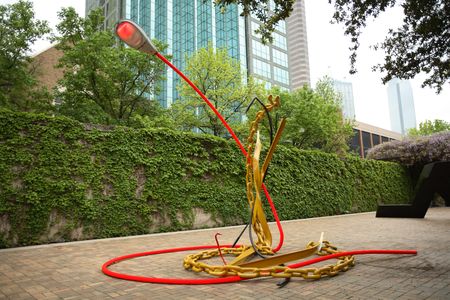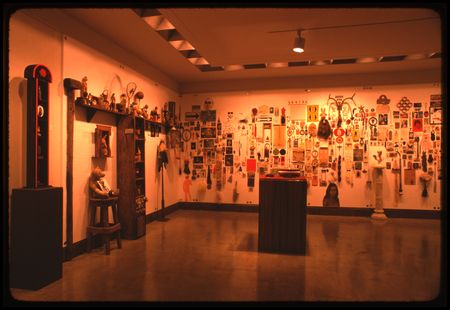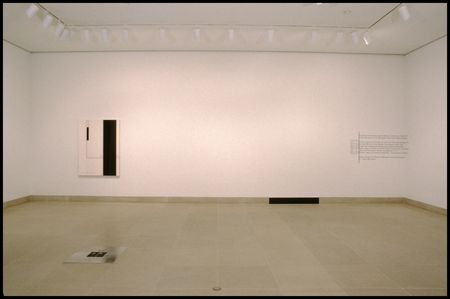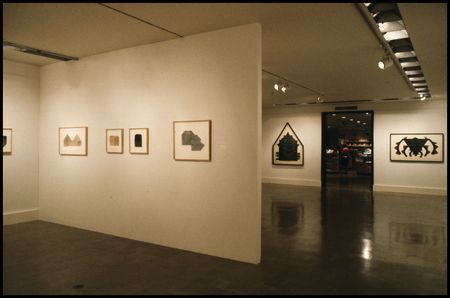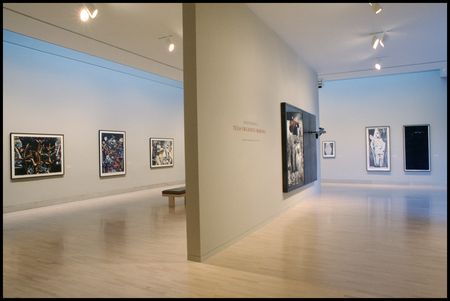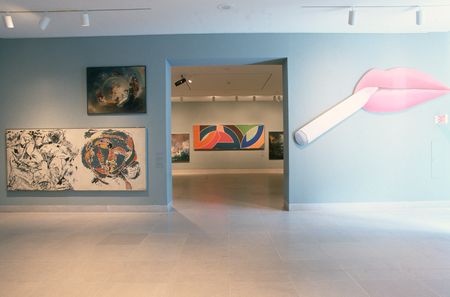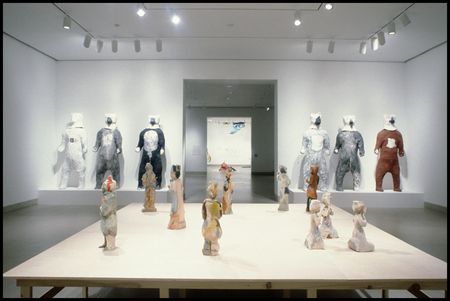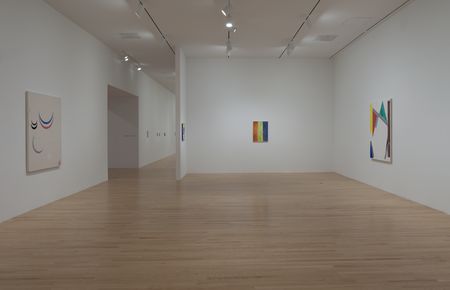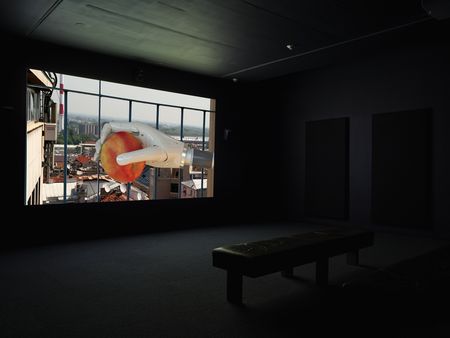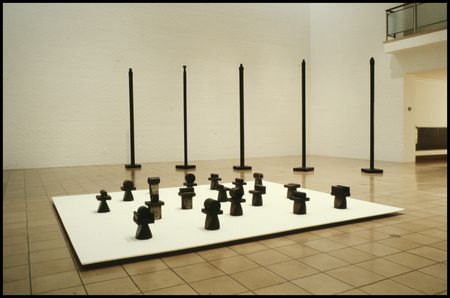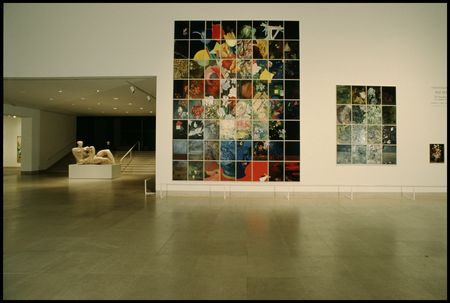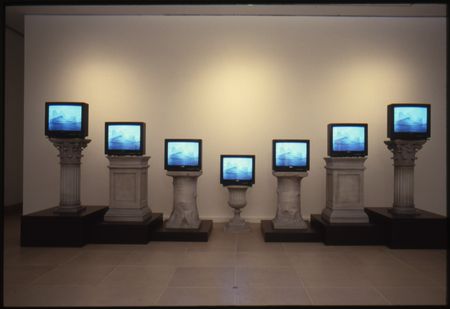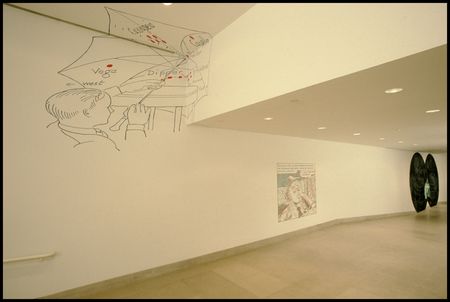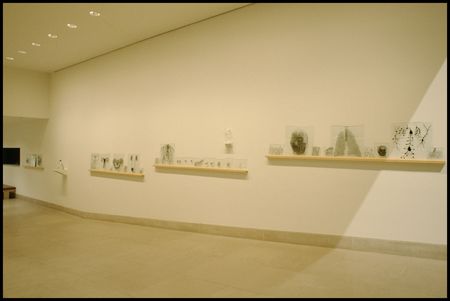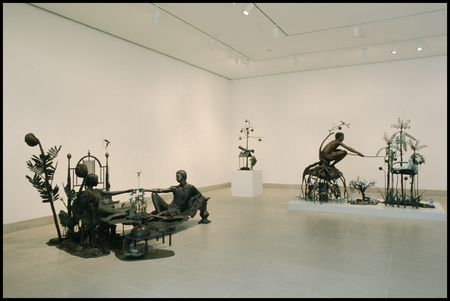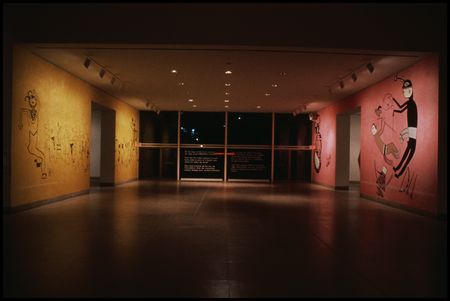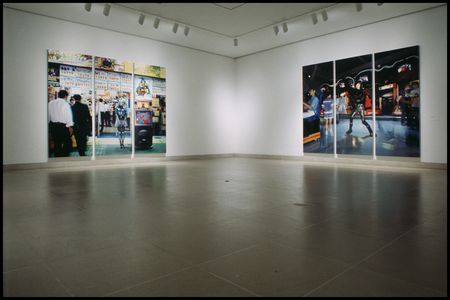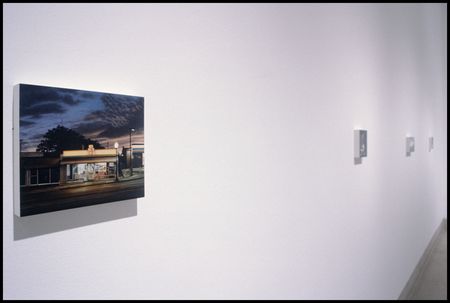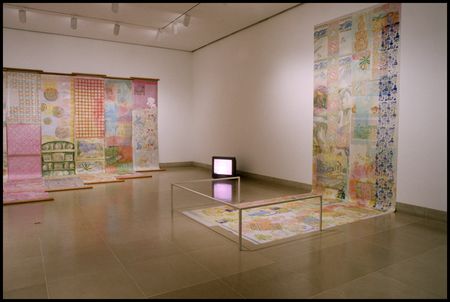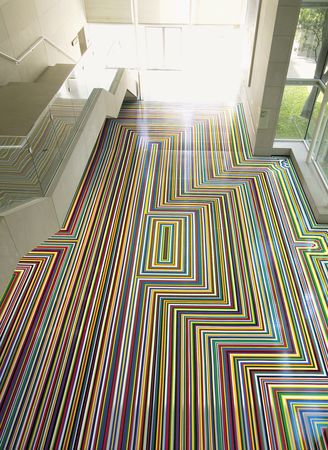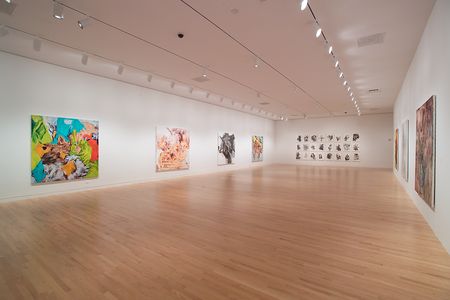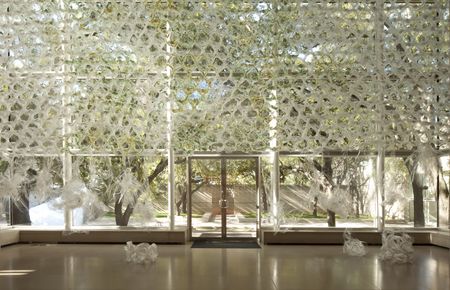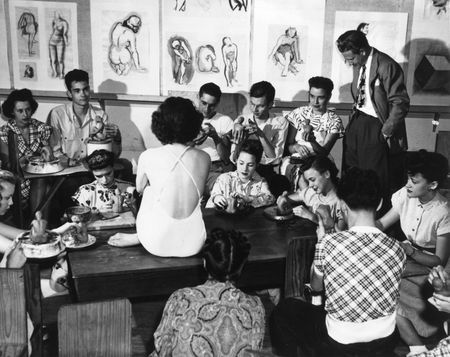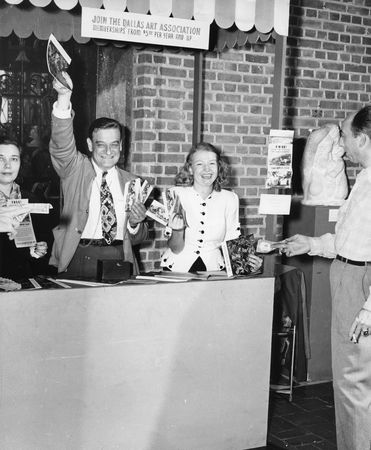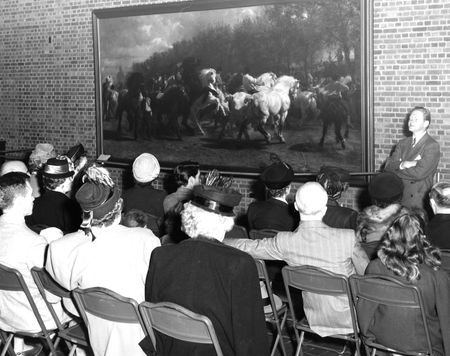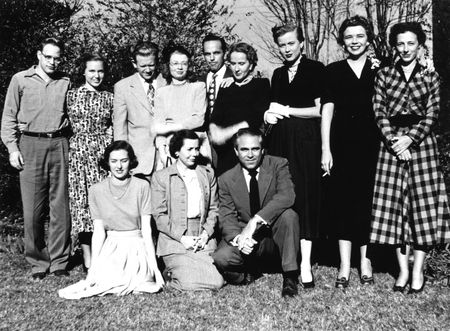Nowadays we dash off a quick email, send a text, and dread writing a thank you note, but handwritten letters were once the common means of correspondence—and not that long ago . . . though being an archivist my idea of concepts like “long ago,” “old,” and “recently” may be a little skewed.
Here are three letters from artists with works in the collection writing to former Dallas Museum of Fine Art and Dallas Museum for Contemporary Arts directors. They run the gamut from social commentary to the mundane. I think all of the letters are interesting, though, in how they are informal and hint at the personalities of the people behind the names on museum labels.
The first letter was written by artist Yasuo Kuniyoshi to DMFA director Richard Foster Howard on July 9, 1941.
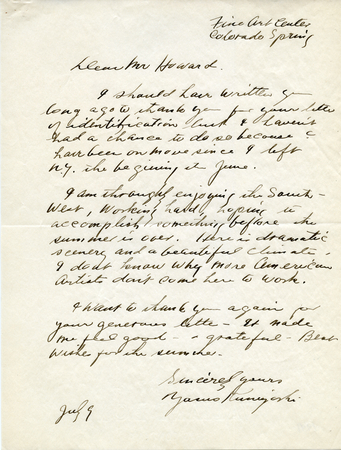
Fine Arts Center, Colorado Springs
Dear Mr. Howard,
I should have written you long ago to thank you for your letter of identification ___ & haven’t had a chance to do so because I have been on move since I left N.Y. the beginning of June.
I am thoroughly enjoying the south-west, working hard, hoping to accomplish something before the summer is over. Here is dramatic scenery and a beautiful climate. I don’t know why more American artists don’t come here to work.
I want to thank you again for your generous letter – it made me feel good – – grateful – Best wishes for the summer.
Sincerely yours, Yasuo Kuniyoshi
July 9
The letter Kuniyoshi refers to is one he asked Mr. Howard to write identifying him as an American painter long in residence in the United States in case he should be questioned by police while sketching outdoors on his south-west tour. He had heard that other artists had been questioned as a result of the “war situation.”
The second letter was written by Thomas Hart Benton to DMFA director Jerry Bywaters on November 1, 1954.
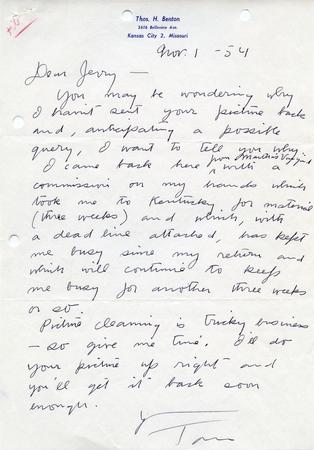
Nov. 1 -54
Dear Jerry,
You may be wondering why I haven’t sent your picture back and, anticipating a possible query, I want to tell you why.
I came back here from Martha’s Vineyard with a commission on my hands which took me to Kentucky for material (three weeks) and which, with a deadline attached, has kept me busy since my return and which will continue to keep me busy for another three weeks or so.
Picture cleaning is tricky business – so give me time. I’ll do your picture up right and you’ll get it back soon enough.
Y— Tom
The picture Benton refers to is unknown.
Finally, here is a letter from Gerald Murphy to DMCA director Douglas MacAgy written on August 5, 1960.
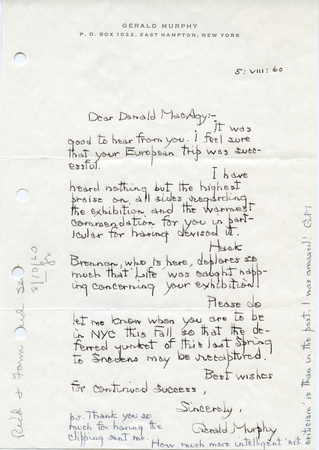
5 : VIII : 60
Dear Donald MacAgy: –
It was good to hear from you. I feel sure that your European trip was successful.
I have heard nothing but the highest praise on all sides regarding the exhibition and the warmest commendation for you in particular for having devised it.
Hank Brennan, who is here, deplores so much that Life was caught napping concerning your exhibition!
Please do let me know when you are to be in NYC this Fall so that the deferred junket of this last Spring to Snedens may be recaptured.
Best wishes for continued success,
Sincerely, Gerald Murphy
PS. Thank you so much for having the clipping sent to me. How much more intelligent ‘art criticism’ is than in the past. I was amazed! GM
Murphy is referring to the DMCA exhibition American Genius in Review: I, May 11–June 19, 1960.
Hillary Bober is the Archivist at the Dallas Museum of Art.
